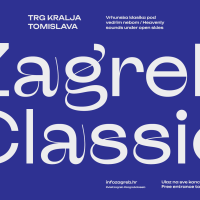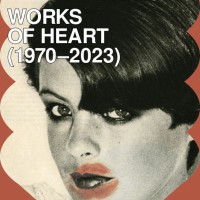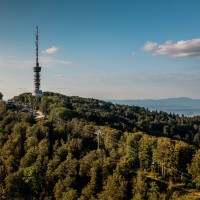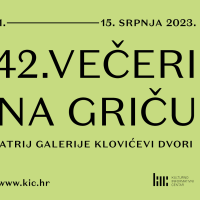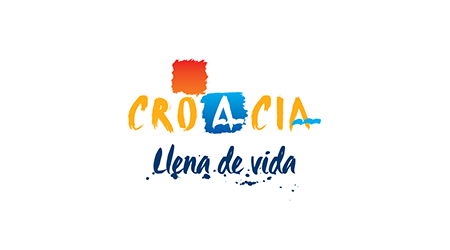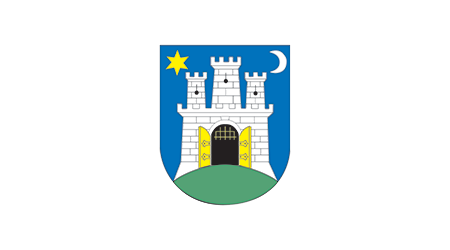An exhibition: Guercino – The Light of Baroque
Between October 29th and January 31st next year, the Museum of Arts and Crafts will be the venue for the exhibition “Guercino – The Light of Baroque” featuring thirty works by one of the greatest Italian master painters of the Baroque period, Giovanni Francesco Barbieri.
 On October 29th, the exhibition “Guercino – The Light of Baroque” will open at the Museum of Arts and Crafts. It is an exhibition of works by one of the greatest Italian painters of the Baroque period, Giovanni Francesco Barbieri, known as Guercino. The artist’s thirty masterworks will be exhibited at the museum until late January 2015. Among them are altar retables and frescos transferred to canvas, which were originally created for the churches and palaces of Cento, Guercino’s birth town, located between Bologna and Ferrara.
On October 29th, the exhibition “Guercino – The Light of Baroque” will open at the Museum of Arts and Crafts. It is an exhibition of works by one of the greatest Italian painters of the Baroque period, Giovanni Francesco Barbieri, known as Guercino. The artist’s thirty masterworks will be exhibited at the museum until late January 2015. Among them are altar retables and frescos transferred to canvas, which were originally created for the churches and palaces of Cento, Guercino’s birth town, located between Bologna and Ferrara.
The exhibition is being organized in cooperation with the City Pinacotheca of Cento, the Italian Institute for Culture and the Italian Embassy in Zagreb, which also contributed to the exhibition of Caravaggio’s painting “Dinner at Emaus”, borrowed from the Pinacoteca di Brera of Milano, as an Italian gift to celebrate Croatia’s accession to the EU last year.
Giovanni Francesco Barbieri (1591 - 1666) spent most of his life in his native town, Cento, where he started working at the age of sixteen in the workshop of Benedetto Gennari, a painter of the Bologna school. Most of Barbieri’s works are still in Cento today. Because of his birth-defect, he was nicknamed Guercino, meaning “cross-eyed”. In artistic circles, he quickly became known for his nickname and the speed at which he completed works. His opus, therefore, counts 106 big church altars and 144 paintings. He later moved to Bologna where he was noticed by the famous Italian painter Ludovico Carracci. During that phase he created some of his most famous works, and he also spent two very fruitful years in Rome painting frescos at the Ludovisi Villa, the ceiling of the San Crisogno church, a portrait of Pope Gregory XV, and his masterpiece – the altar of St. Petronilla, nowadays located at the Capitoline museums in Rome. After the Pope’s death, he returned to his birth town of Cento and he painted frescos at the Piacenza Cathedral. After the death of Guido Reni, another great of the Bologna painting school, he relocated his workshop to Bologna, where he became the main painter. He painted and taught there until his death in 1666, so many of his works are nowadays also kept at the Pinacotheca of Bologna.
Published: 01.08.2014
 Hrvatski
Hrvatski English
English Deutsch
Deutsch Spanish
Spanish French
French Italian
Italian Russian
Russian Korean
Korean Japanese
Japanese Chinese
Chinese On October 29th, the exhibition “Guercino – The Light of Baroque” will open at the Museum of Arts and Crafts. It is an exhibition of works by one of the greatest Italian painters of the Baroque period, Giovanni Francesco Barbieri, known as Guercino. The artist’s thirty masterworks will be exhibited at the museum until late January 2015. Among them are altar retables and frescos transferred to canvas, which were originally created for the churches and palaces of Cento, Guercino’s birth town, located between Bologna and Ferrara.
On October 29th, the exhibition “Guercino – The Light of Baroque” will open at the Museum of Arts and Crafts. It is an exhibition of works by one of the greatest Italian painters of the Baroque period, Giovanni Francesco Barbieri, known as Guercino. The artist’s thirty masterworks will be exhibited at the museum until late January 2015. Among them are altar retables and frescos transferred to canvas, which were originally created for the churches and palaces of Cento, Guercino’s birth town, located between Bologna and Ferrara.